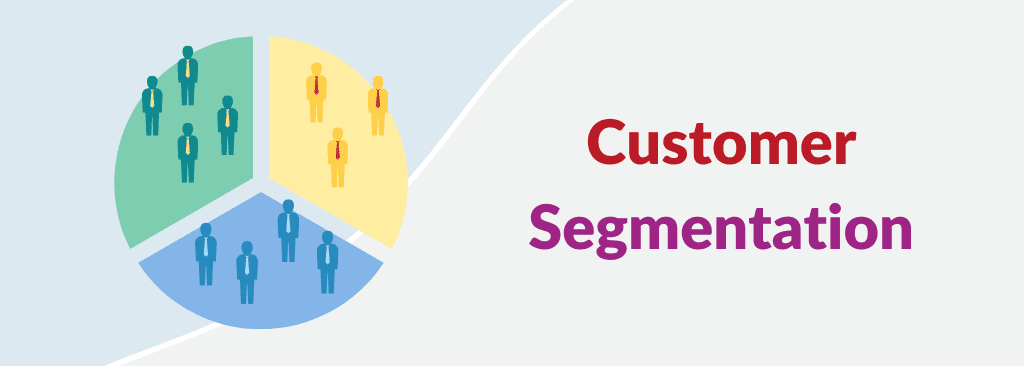What is the goal of customer segmentation?
The aim of customer segmentation is to break down the inhomogeneous customer base into homogeneous subsets, the segments. In the process, similar persons are identified on the basis of characteristic features and assigned to a segment.
The selection of characteristics depends on the objective of the segmentation. In the case of determining customers who are willing to churn, other characteristics are relevant than when determining a potential group of buyers for a new product. In any case, the characteristics will be multidimensional, which makes the problem complex.
How does customer segmentation work?
Customer segmentation is very complex and depends on the respective products and companies. A distinction is made between one-dimensional and multi-dimensional customer segmentation. A distinction is also made as to whether marketing customers are addressed in the B2B or B2C area.
What is one-dimensional customer segmentation?
In one-dimensional customer segmentation, customer groups are divided into heterogeneous segments. The individuals within a group can have similar characteristics but differ in many details. When companies need a rather rough overview quickly, this method is used.
What is multidimensional customer segmentation?
Multidimensional customer segmentation takes several factors into account. This type of analysis creates differentiated customer groups that can be clearly distinguished from other segments. This allows precise customer profiles to be created and valuable patterns to emerge.
Customer segmentation by market: B2C (Business to Customer) vs. B2B (Business to Business)
All types of data are suitable, as long as they fulfil the criteria mentioned.
In the B2C area, the characteristics are typically of the following nature:
- 1-Geographical (e.g. spatial distribution, culture)
- 2-Socio-economic (e.g. age, occupation, income)
- 3-Behavioural (e.g. brand choice, price behaviour)
- 4-Psychographic (e.g. lifestyle, attitude and values of the client)
- 5-Web and app usage behaviour
- 6-Purchase history
In the B2B area, the following data is segmented:
- 1-Environmental (e.g. business cycle, industry, government influence)
- 2-Organisational (e.g. legal form, position in the life cycle, company size)
- 3-Individual-related (e.g. information behaviour, decision-making behaviour)
Checklist for customer segmentation:
In principle, three central requirements apply to the data in data analysis:
- 1-Relevance - Does the dataset contain characteristics that are meaningful for customer segmentation?
- 2-Quality - Are the data error-free and validated, are there missing entries?
- 3-Quantity - Are there enough data series to cope with the complexity of the characteristics?

